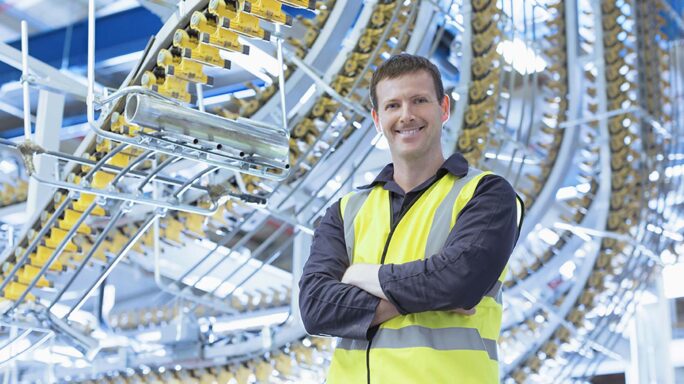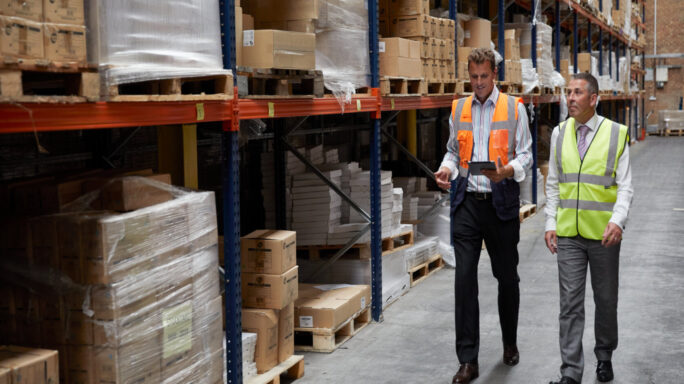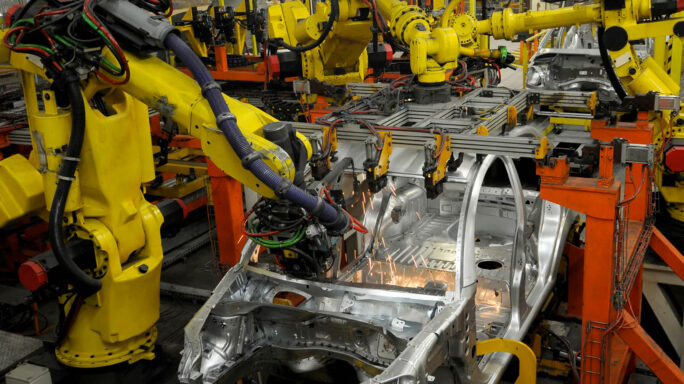Technology & Innovation
How will AI enhance manufacturing?

Incorporating AI into factory automation or enterprise software can deliver a competitive edge for Australian manufacturers, writes Vittorio Baiocchi Menichelli of Leverage Technologies.
As manufacturers seek to differentiate by keeping the pace with the unfolding Industry 4.0, they’re deploying numerous factory automation and software solutions.
Enterprise Resource Planning (ERP) applications are helping streamline procurement and inventory management workflows in manufacturing, while computer-aided design (CAD) and computer-aided manufacturing (CAM) systems are powering product research, design, and development. Likewise, manufacturers are using product data management systems to enhance productivity, access information quickly, and drive value chain orchestration.
But a superior competitive advantage comes from incorporating Artificial Intelligence (AI) into manufacturing applications and processes, helping stimulate long-term growth and success.
eBook: Eliminate manufacturing operational pressures
Discover the key benefits a modern ERP solution can provide your organisation and how it can help you overcome the top 5 operational pressures facing manufacturers.

What is Artificial Intelligence?
AI is the ability of machines to simulate human intelligence. Powered by this technology, computer systems utilise human-like processes, such as learning and logical thinking, to deliver results like predictive analytics. AI resources like neural networks and Machine Learning (ML) algorithms can build systems with capabilities such as natural language processing and image analytics.
21st Century Manufacturing Automation: Why is Australia Lagging?
Research reveals most Australian manufacturers have not adopted the advanced techniques necessary for success and growth in the 21st century. For example, only 4 percent are engaging industry stakeholders in research and development. Unlike their American or Japanese counterparts, most of these companies are slow in exploiting rapid prototyping, additive manufacturing, micro-production, and other technologies that can help boost speed to market, address economies of scale challenges, and improve product quality.
Additionally, only 36 percent of Australian manufacturers are optimally employing science, technology, engineering, and maths expertise. About 82 percent are not expanding their IT budgets, 71 percent are not seeking to introduce advanced workflows, and 85 percent don’t have an ongoing product development plan.
However, manufacturers in Australia may tip the scales in their favour by utilising skilled workers in industries like medical devices and aerospace. These experts are cheaper to hire in Australia than in the U.S.
Opportunities for Leveraging AI in Manufacturing
Some manufacturers are already using AI to automate human-centric processes, decisions, or efforts. Here are some examples:
In the future, you will need upgrades, integration to third party apps/software or assistance to ensure optimal performance of the software. Paying support charges to receive these services from your vendor is more cost-efficient and seamless than seeking the services of a third party.
Automatic Fault Detection
AI-powered computer systems use strategically-deployed sensors to capture and process small images of equipment flaws. Such defects are microscopic to spot and diagnose with the naked eye, so computer vision saves the day quickly in real time. The technology relies on ML algorithms to study and distinguish between various system complications.
Generative Design
For each product or component you’re manufacturing, there are many design options. But how do you quickly come up with the best model within your production constraints, such as materials, costs, and manufacturing techniques? The answer is generative design! Just feed your design objectives and all relevant parameters into a generative design application. The system generates all possible design iterations, and it uses ML to explore and learn from each model, identifying the best fit based on design goals.
Predictive Maintenance
Integrating AI with IoT sensors is enabling manufacturers to predict equipment glitches automatically and pre-empt costly downtimes. By tracking vibration, sound, or torque, the system can accurately assess the health or status of machines. It takes the guesswork out of plant maintenance plans.
How AI Can Give Manufacturers a Competitive Advantage
Incorporating AI into factory automation or enterprise software can deliver a competitive edge in several ways, including:
Reduction of Downtime
You can’t compete effectively if your assembly lines or factory systems are breaking down now and then. Research reveals downtime may be costing carmakers up to $1.3 million per hour1. Manufacturers can avoid such losses with AI-driven predictive maintenance.
Demand-Driven Planning
Manufacturers using AI in Enterprise Resource Planning have a competitive edge in the ability to predict demand and scale productions accordingly.
Optimising Product Design
Generative product modelling systems can help manufacturers differentiate by lowering production costs without sacrificing quality or function.
AI-driven, smart manufacturing is the way to go for Industry 4.0! The possibilities to enhance manufacturing processes come in many shapes and forms for organisations willing to adopt new technologies. For many manufacturers, AI is seen as the central component of progressive change within their business.
eBook: Eliminate manufacturing operational pressures
Discover the key benefits a modern ERP solution can provide your organisation and how it can help you overcome the top 5 operational pressures facing manufacturers.






